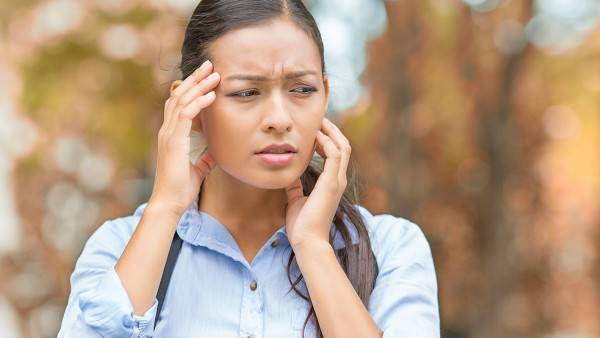Night Blindness and Dry Eye: Deficiencies that Impact Vision and Comfort

Night blindness and dry eye are two common eye conditions that can significantly impact vision and quality of life. While they are distinct conditions, they often coexist and can compound their effects on ocular health.
Night Blindness (Nyctalopia)
Symptoms and Causes:
Night blindness, also known as nyctalopia, is a deficiency in the retina's ability to adapt to low-light conditions. This makes it difficult to see in dimly lit environments, such as at night or in poorly lit rooms. Common causes of night blindness include:
Vitamin A deficiency: Vitamin A plays a crucial role in the production of rhodopsin, a protein essential for vision in low light.
Retinitis pigmentosa: A genetic disorder that affects the retina, leading to progressive night blindness and other vision problems.
Cataracts: Clouding of the eye's lens can block light from reaching the retina, impairing vision in low-light conditions.
Diagnosis and Treatment:
Night blindness is diagnosed through a vision examination that includes testing the ability to see in dim light. Treatment depends on the underlying cause:
Vitamin A deficiency: Vitamin A supplements can restore night vision.
Retinitis pigmentosa: There is currently no cure for this condition, but treatments focus on slowing its progression.
Cataracts: Cataract surgery can remove the cloudy lens and improve vision, including night blindness.
Dry Eye
Symptoms and Causes:
Dry eye is a common condition that occurs when the eyes do not produce enough tears to keep them moist and lubricated. This can lead to a variety of symptoms, including:
Dry, itchy, or burning eyes
Watery eyes (in an attempt to overcompensate for dryness)
Redness and irritation
Blurred vision
Difficulty opening the eyes in the morning
Dry eye can be caused by a variety of factors, including:
Age: Tear production naturally decreases with age.
Hormonal changes: Menopause and pregnancy can reduce tear production.
Medications: Certain medications, such as antihistamines and antidepressants, can inhibit tear production.
Medical conditions: Conditions such as rheumatoid arthritis and Sj?gren's syndrome can damage the tear glands.
Diagnosis and Treatment:
Dry eye is diagnosed through a thorough eye examination that includes testing tear production and examining the ocular surface. Treatment options include:
Artificial tears: Lubricating eye drops or ointments can supplement natural tear production.
Prescription eye drops: Medications such as cyclosporine or tacrolimus can reduce inflammation and increase tear production.
Punctal plugs: Small plugs can be inserted into the tear ducts to prevent tears from draining away too quickly.
Surgery: In severe cases, surgical procedures to reshape the tear ducts may improve tear flow.
Coexistence of Night Blindness and Dry Eye
Night blindness and dry eye often coexist, and this combination can have a significant impact on vision. Dry eye can worsen night blindness by reducing the clarity of the tear film that covers the eye. This can scatter and distort light, making it more difficult to see in low-light conditions.
Additionally, dry eye can make the symptoms of night blindness more severe, such as increased glare sensitivity and difficulty adjusting to light changes. The dryness can also exacerbate the irritation and discomfort associated with night blindness.
Management Strategies
Managing night blindness and dry eye requires a multifaceted approach that addresses both conditions simultaneously. Here are some recommended strategies:
Regular eye exams: Consult with an ophthalmologist or optometrist regularly to monitor vision and assess the severity of night blindness and dry eye.
Adequate vitamin A intake: Ensure a sufficient dietary intake of vitamin A through foods such as liver, carrots, and leafy green vegetables.
Lubricating eye drops: Use artificial tears or lubricating eye drops frequently to keep the eyes moist and comfortable.
Prescription eye drops: Consider using prescription eye drops to reduce inflammation and increase tear production if over-the-counter artificial tears are not sufficient.
Avoidance of dry environments: Minimize exposure to dry environments, such as air-conditioned rooms or windy outdoor conditions, which can exacerbate dry eye symptoms.
Omega-3 fatty acid supplements: Omega-3 fatty acids have anti-inflammatory properties and may be beneficial for reducing the symptoms of both night blindness and dry eye.
By following these strategies, individuals can effectively manage night blindness and dry eye, improving their vision and overall eye health.
The above is all the content that the editor wants to share with you. I sincerely hope that these contents can bring some help to your life and health, and I also wish that your life will be happier and happier.
Tags: #and #blindness #night











